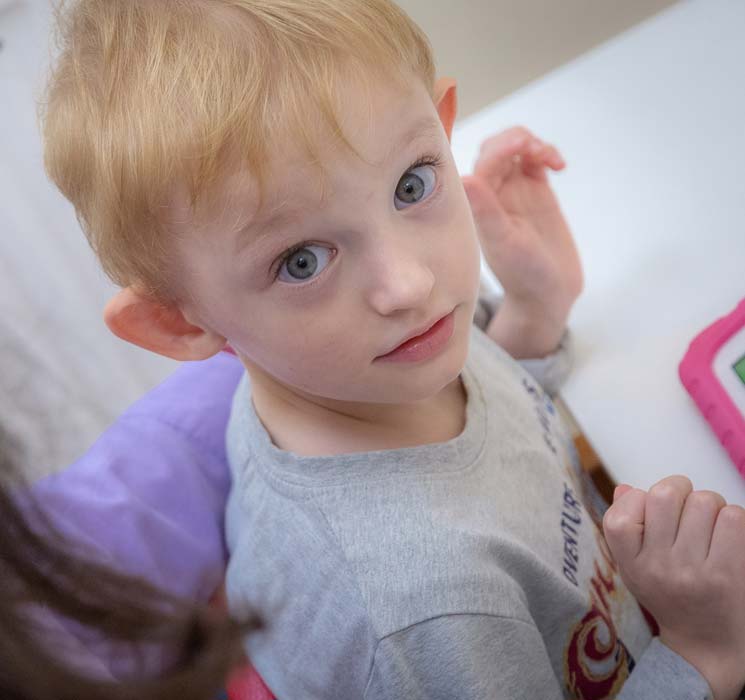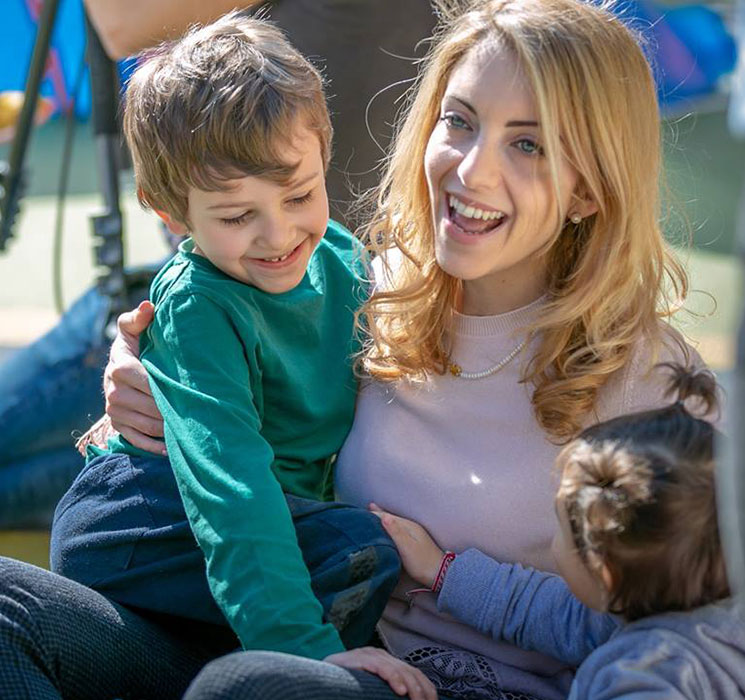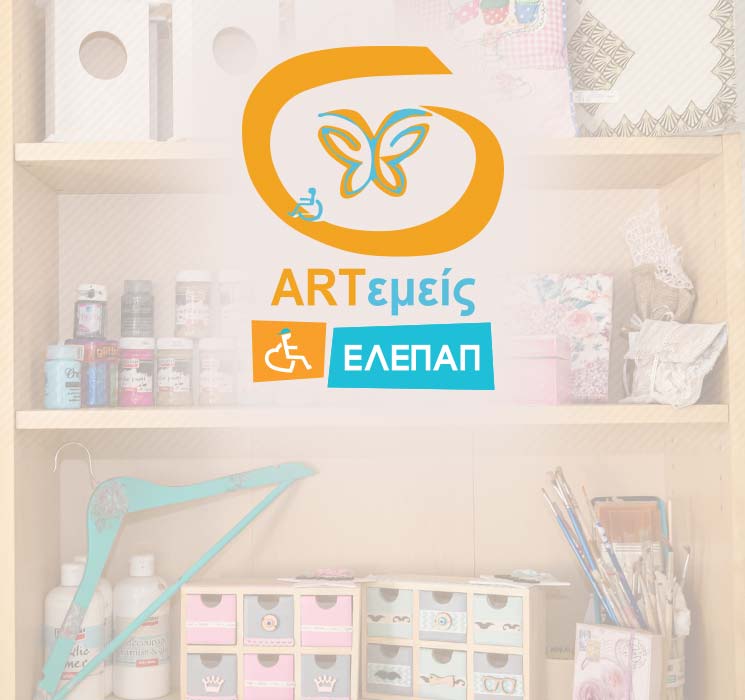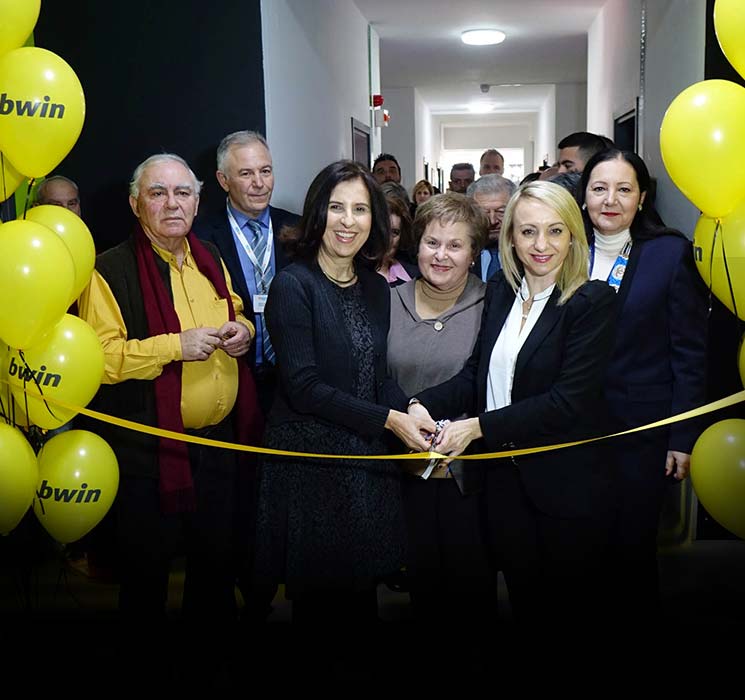Therapeutic Riding

Therapeutic Riding uses a live animal, the horse, as rehabilitation tool. The horse’s temperature, shape, rhythmic and three-dimensional movement are strong stimuli which go directly to the rider’s brain and under the therapist’s guidance, make the child respond according to the sought for standards.
At the same time expert therapists create or use a series of different stimuli relating to the exercises, the surroundings and the participating therapy team.
The horse, its movement and the non-clinical setting create a unique combination, which bombards the sensory system with input that requires a great processing effort from all body systems. Moreover, due to the multisensory environment, children and participating adults do not treat the sessions as therapy so there is no psychological fatigue or refusal.
The benefits of Therapeutic Riding
According to the ICF biopsychosocial model, therapeutic riding benefits both the body structures and functions as well as the psychology. More specifically:
Body structures and functions
- Encourages walking (in those who are unable to walk) or improves it
- Normalized muscle tone (reduction of spasticity, tone increase in hypotonia cases, normalization of muscle tone fluctuations), improved balance.
- Improved head posture and control
- Improved body symmetry and posture
- Increased range of motion
- Improved visual motor coordination
- Training gross and fine motor skills
- Improved attention span (reduction of distractibility)
- Improved proprioception
- Improved orientation ability
- Activation and alertness
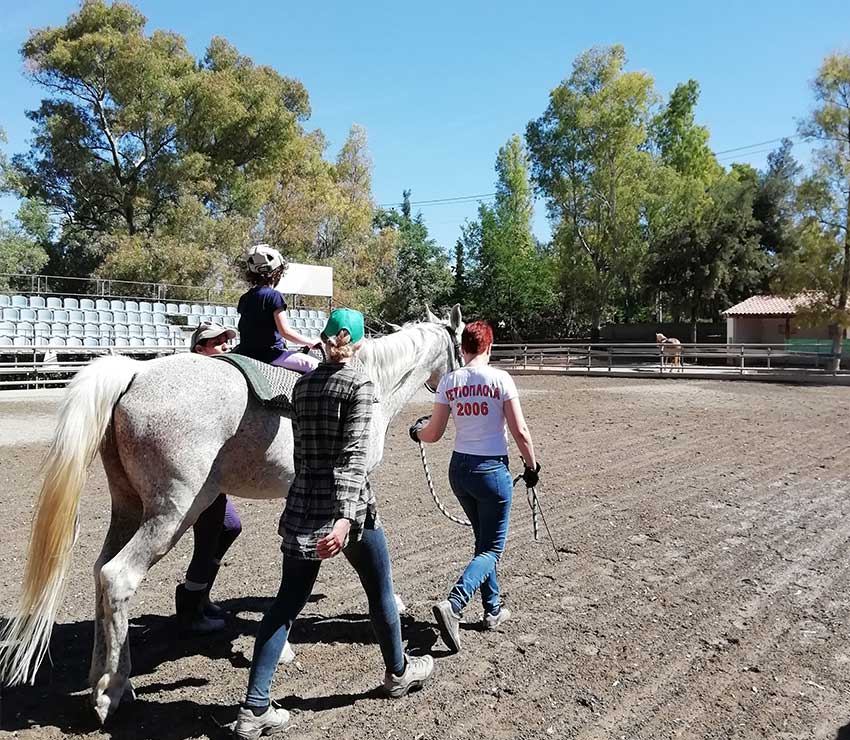
Psychological factors
- socialization
- development or improvement of communication
- improved self-confidence
- patience
- better emotional control and self-control
- better quality and enjoyment of life in terms of perception
- decompression- stress reduction


